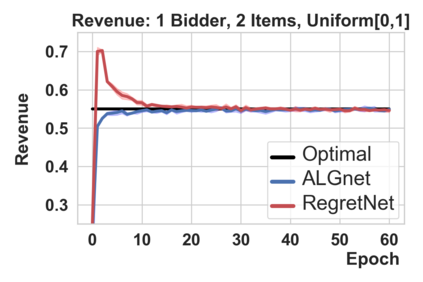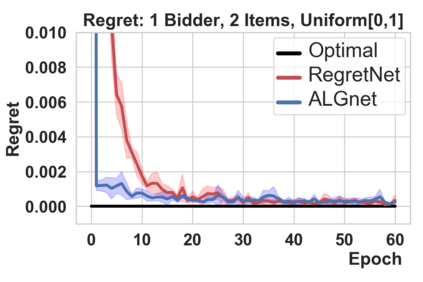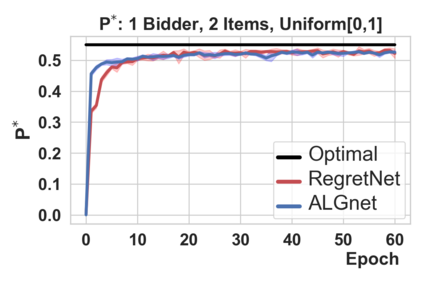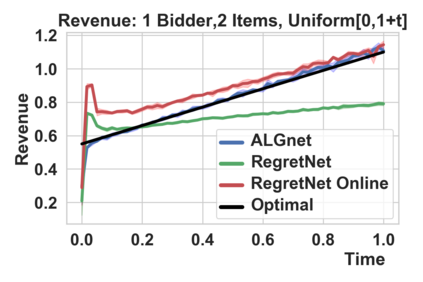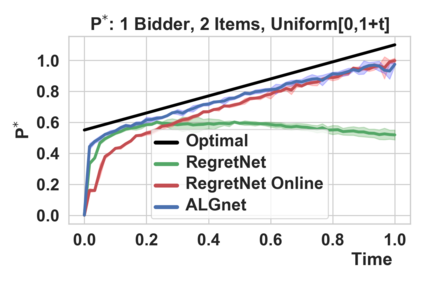Designing an incentive compatible auction that maximizes expected revenue is a central problem in Auction Design. While theoretical approaches to the problem have hit some limits, a recent research direction initiated by Duetting et al. (2019) consists in building neural network architectures to find optimal auctions. We propose two conceptual deviations from their approach which result in enhanced performance. First, we use recent results in theoretical auction design (Rubinstein and Weinberg, 2018) to introduce a time-independent Lagrangian. This not only circumvents the need for an expensive hyper-parameter search (as in prior work), but also provides a principled metric to compare the performance of two auctions (absent from prior work). Second, the optimization procedure in previous work uses an inner maximization loop to compute optimal misreports. We amortize this process through the introduction of an additional neural network. We demonstrate the effectiveness of our approach by learning competitive or strictly improved auctions compared to prior work. Both results together further imply a novel formulation of Auction Design as a two-player game with stationary utility functions.
翻译:在拍卖设计中,设计一个奖励性兼容的拍卖,最大限度地增加预期收入是一个中心问题。虽然对这个问题的理论方法已经达到一定的限度,但Diutting等人(2019年)最近发起的研究方向是建立神经网络结构以寻找最佳拍卖。我们提出了两个与其方法的概念不同之处,从而导致提高绩效。首先,我们利用理论拍卖设计的最新结果(Rubinstein和Weinberg,2018年)引入一个具有时间独立性的拉格朗吉亚。这不仅绕过了昂贵的超参数搜索(如先前工作那样)的需要,而且还提供了一种原则性指标,用以比较两次拍卖的绩效(与以往工作相同)。第二,以往工作中的优化程序使用了内部最大化循环来计算最佳错误报告。我们通过引入额外的神经网络来重新组合这一过程。我们通过学习竞争性或严格改进拍卖与先前工作相比的方法证明了我们的方法的有效性。这两种结果都进一步暗示了将“Avoction Dign”作为一种与固定效用功能的两边游戏的新构思。


